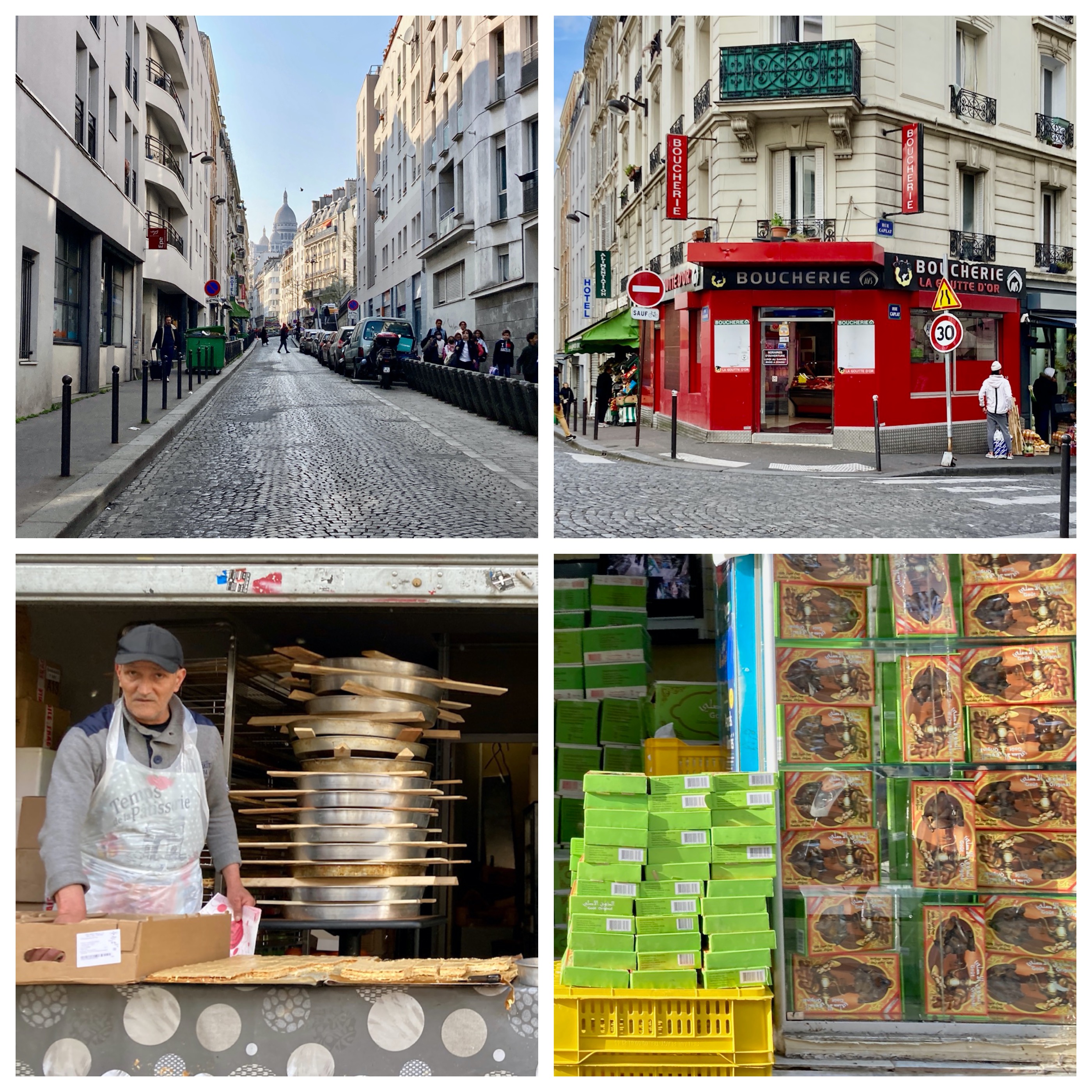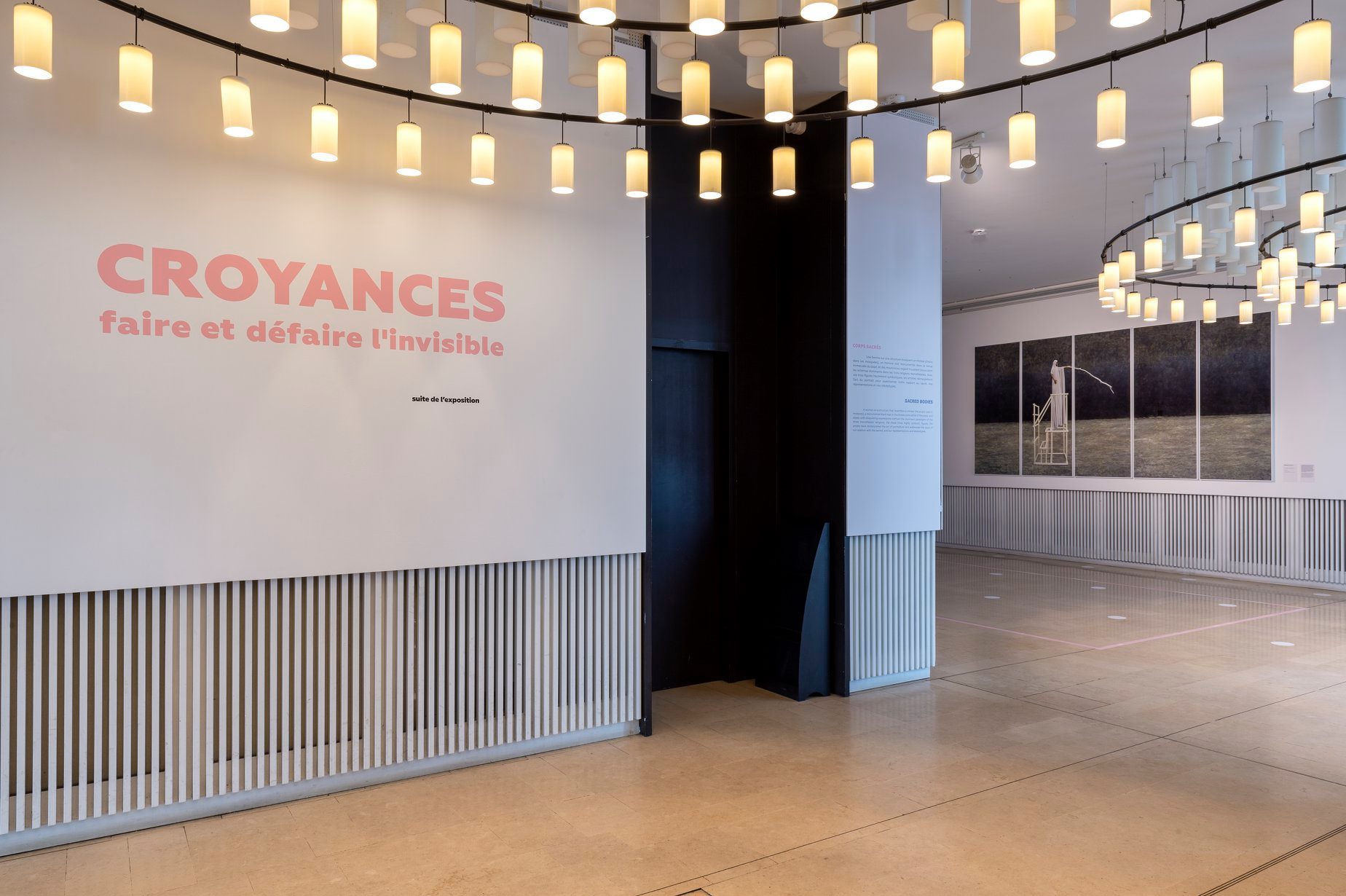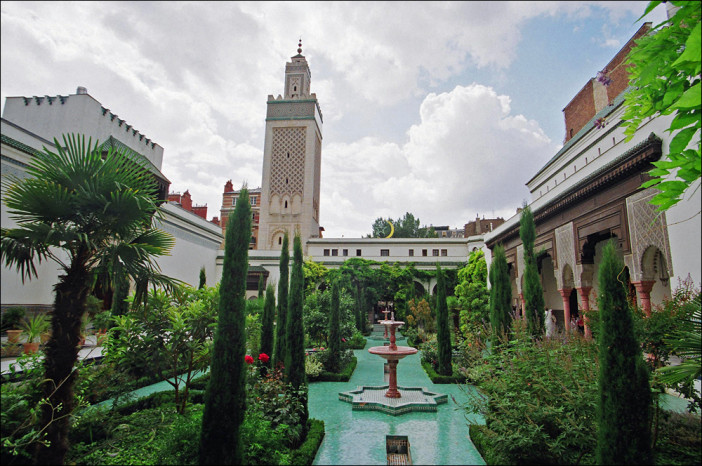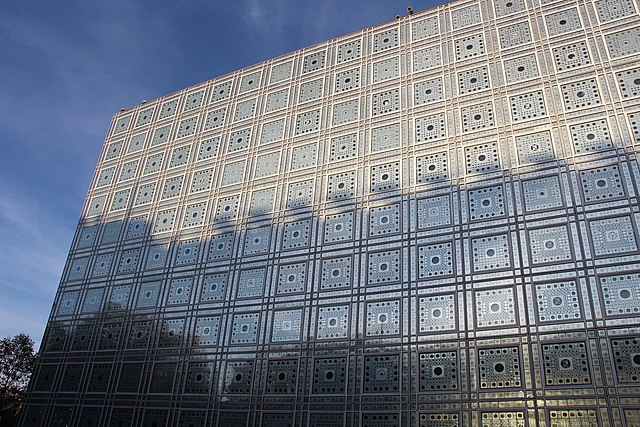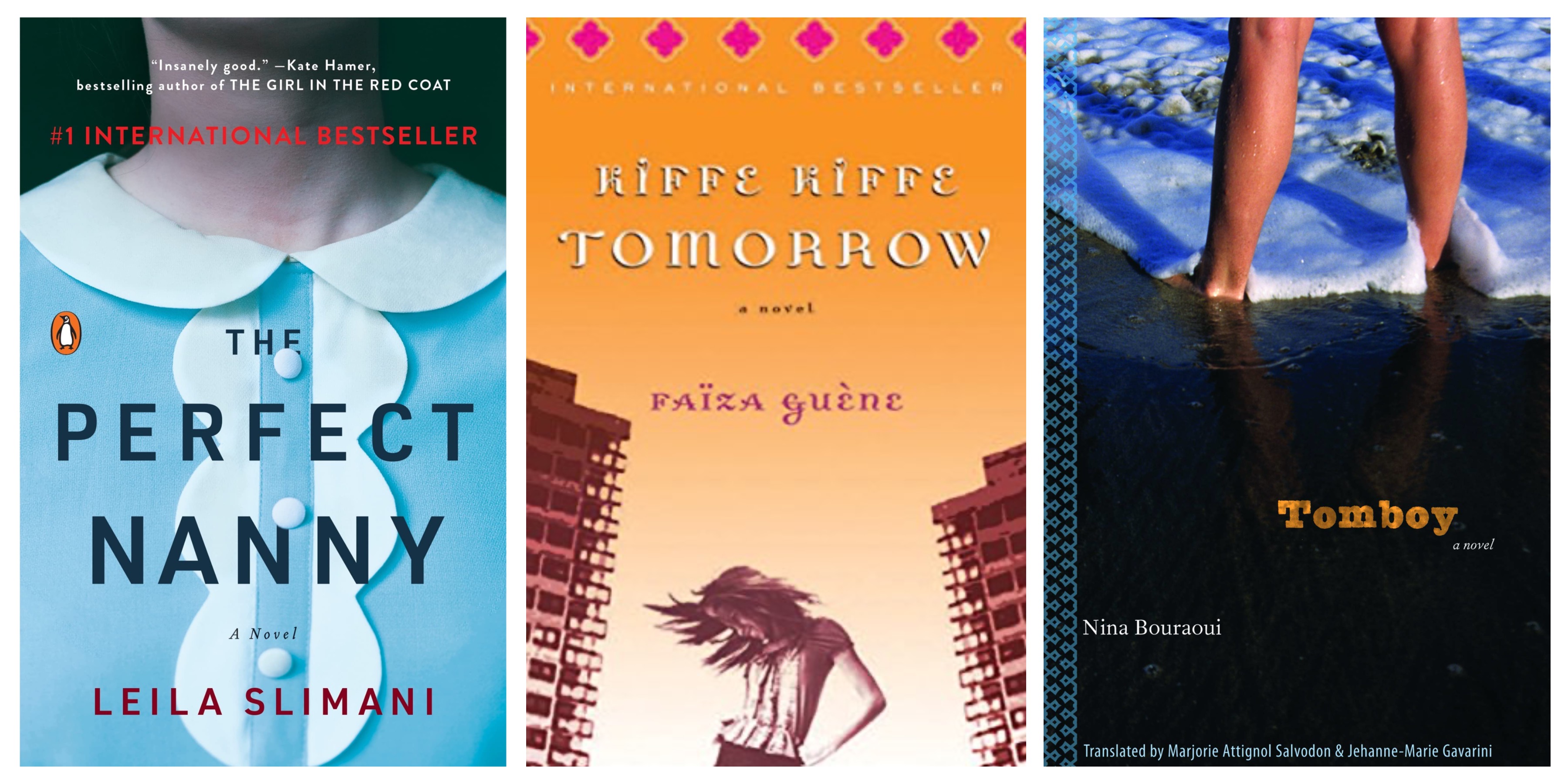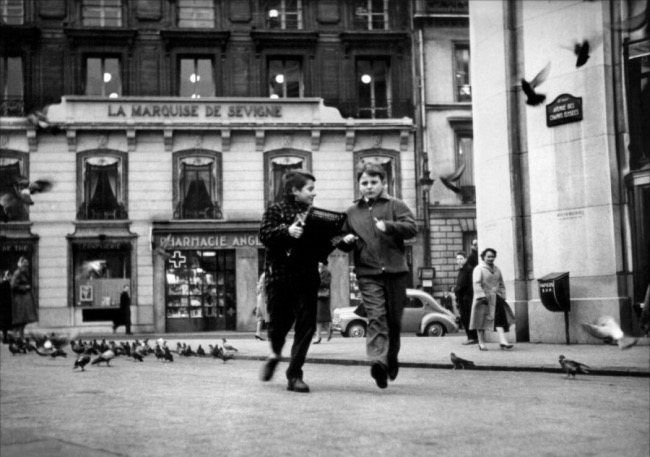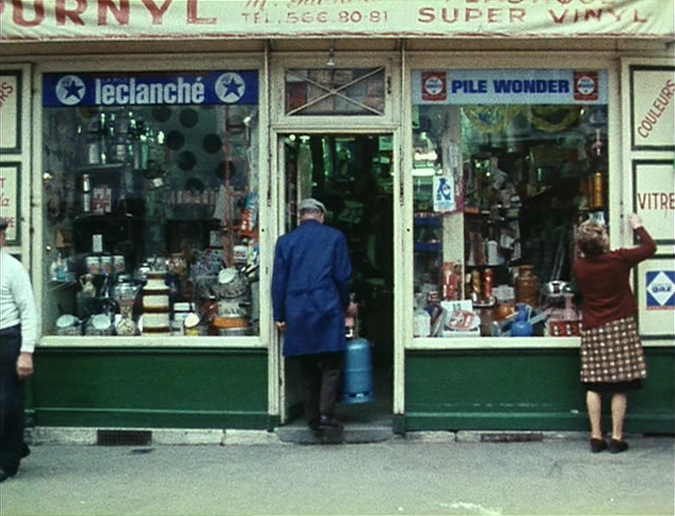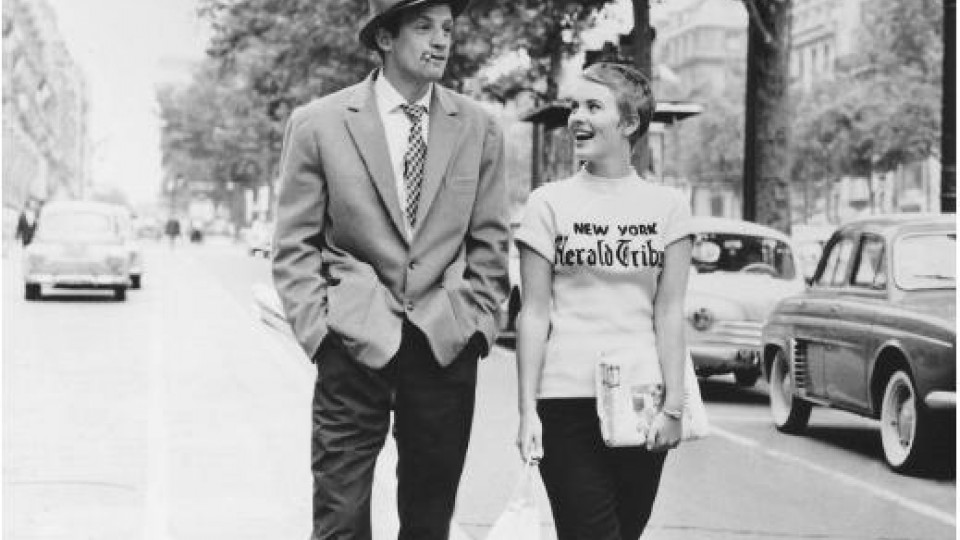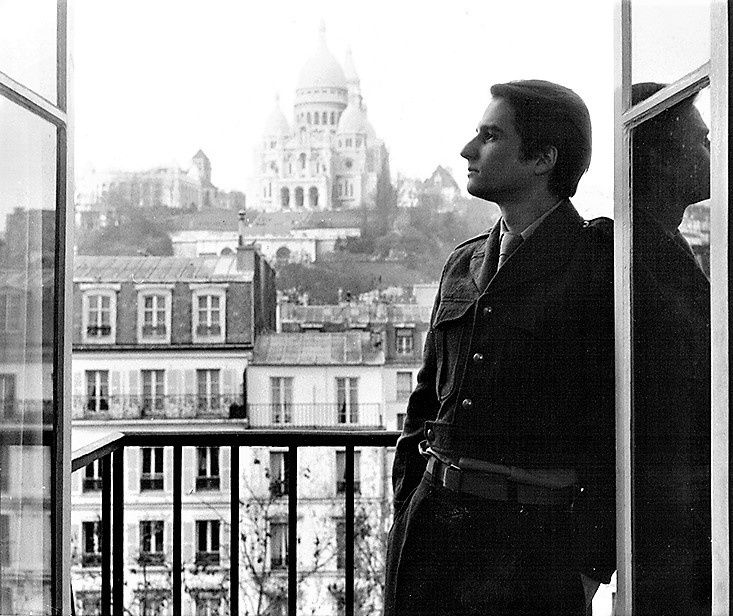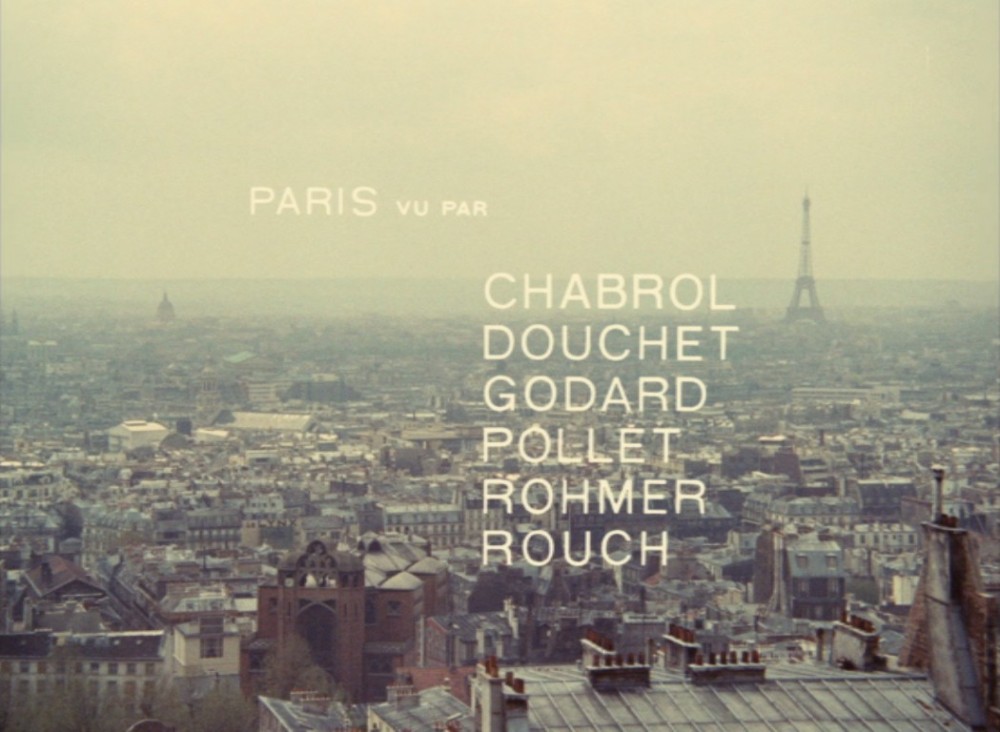Paris is an artist’s city. In addition to its record number of museums, it is also the home to a plethora of art galleries. Visiting active art galleries is a great way to complement classroom study. Many of Paris’s top contemporary art galleries are located in the Upper Marais, yet some of the most avant-garde are in more alternative neighborhoods. Launch events, or vernissages, which are great occasions to mingle with the city’s art crowd over a free glass of wine. Some of these galleries also offer internships. Our list of the best contemporary art galleries is below – though be sure to check out what’s on on this handy site.
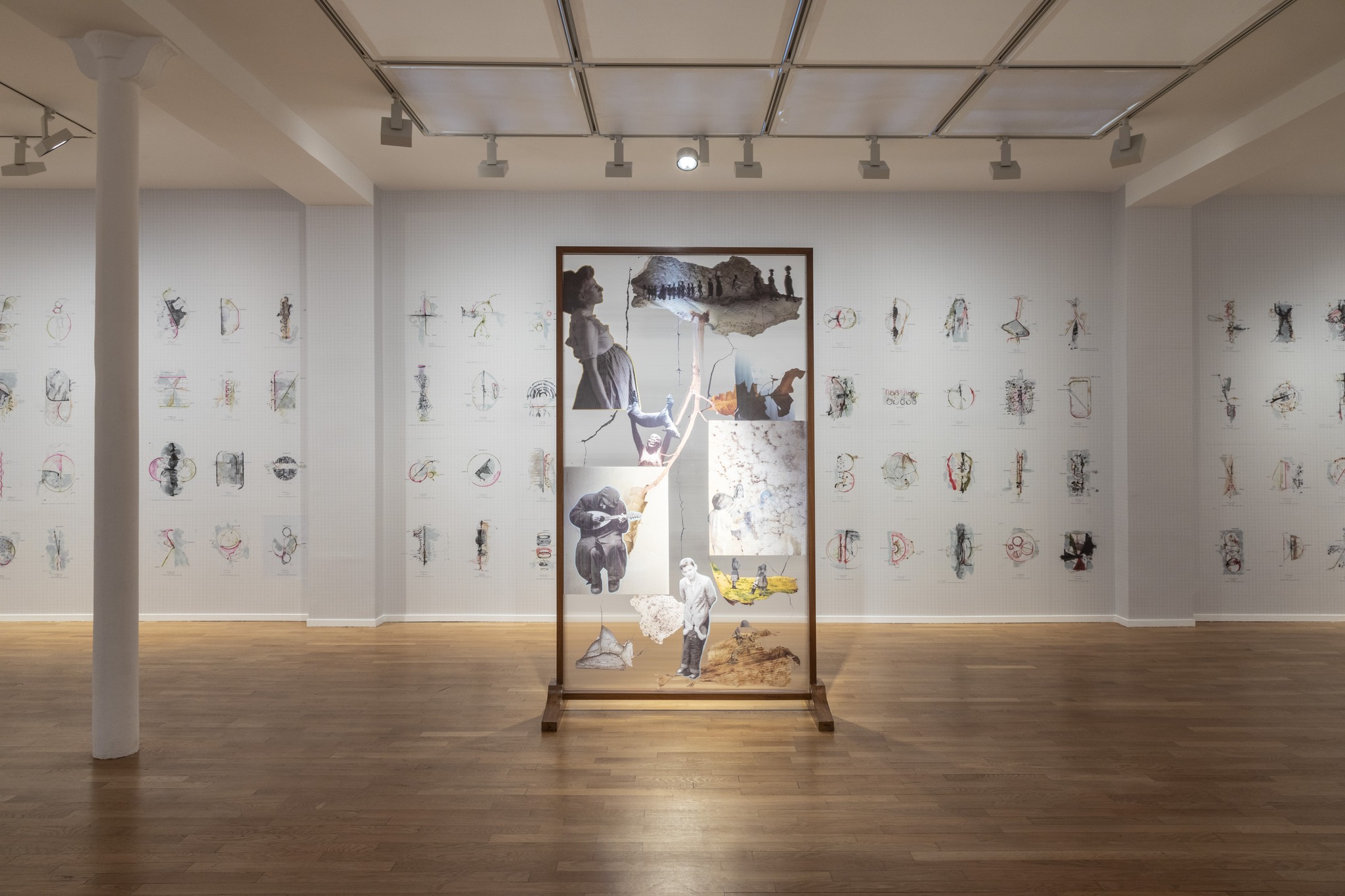
Galerie Daniel Templon
One of the oldest contemporary galleries in Paris, Daniel Templon opened his first gallery in 1966 and moved to his current location near the Centre Pompidou in 1972. Prominent in the global art world, the gallery represents both established international artists and the rising stars of tomorrow.

Galerie Thaddaeus Ropac Pantin Photo: © Philippe Servent / Paris info and top image
Galerie Thaddaeus Ropac
Another long-standing contemporary art establishment in Paris, Ropac got his start in the art world at the young age of 22 as the assistant of Joseph Beuys. He’s represented international art legends like Robert Mapplethorpe and Gilbert & George. His art empire now includes galleries in London, Salzburg, the Upper Marais and a vast art centre within a former 19th-century boiler house in Paris’s northeastern suburb of Pantin dedicated to young talents and large format exhibits.
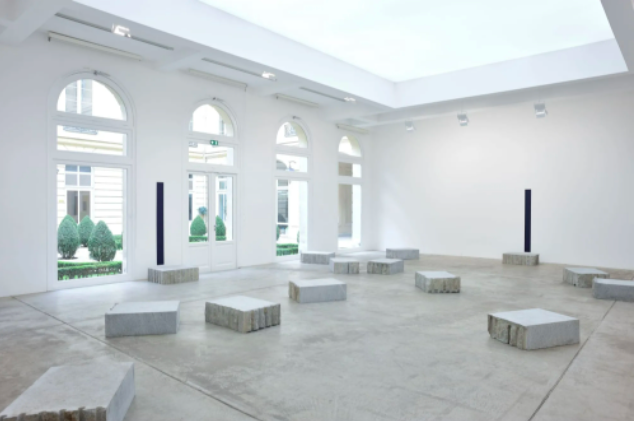
© Marian Goodman Gallery Paris
Marian Goodman Gallery
Famed American galleriste Marian Goodman has had an outpost in the Upper Marais since 1999. Its regularly changing exhibits include the works of celebrated artists like Nan Golding, Steve McQueen and Annette Messager.

© Galerie Perrotin
Emmanuel Perrotin
Now with three spaces in the Marais and over a dozen others around the world, Emmanuel Perrotin has come a long way since his humble beginnings with a gallery in his own apartment in 1990. On display expect to find contemporary art heavy-weights like Takashi Murakami, Sophie Calle and JR.
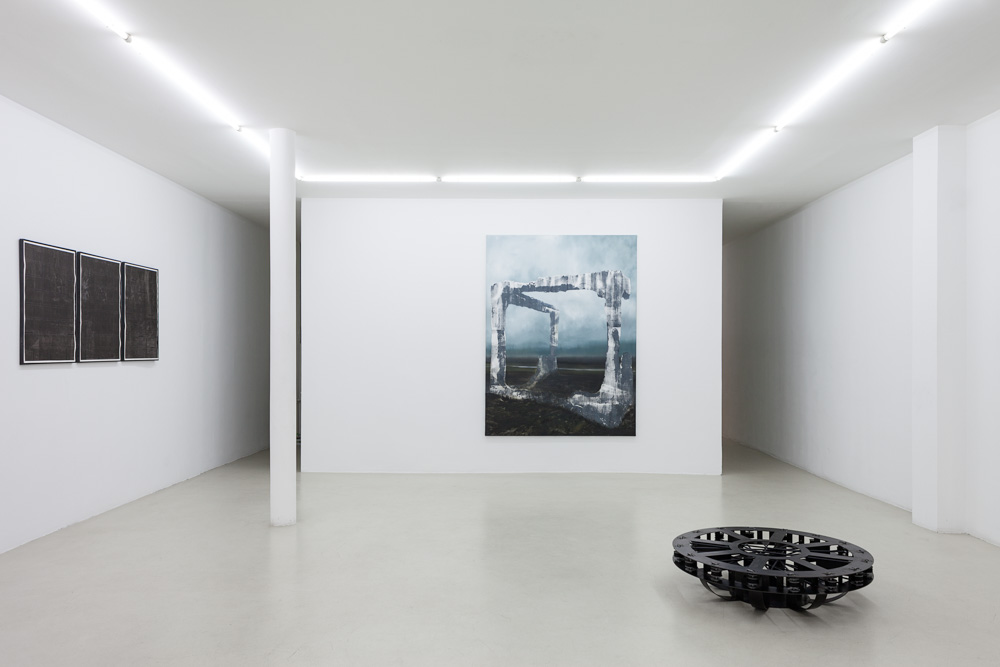
© Jousse Entreprise Galerie
Galerie Jousse Entreprise
To see some of the best up and coming artists, track down this gallery in the Marais opened in 2001. You are more likely to find edgier artists as well as those experimenting with new technologies in their regularly changing exhibits.
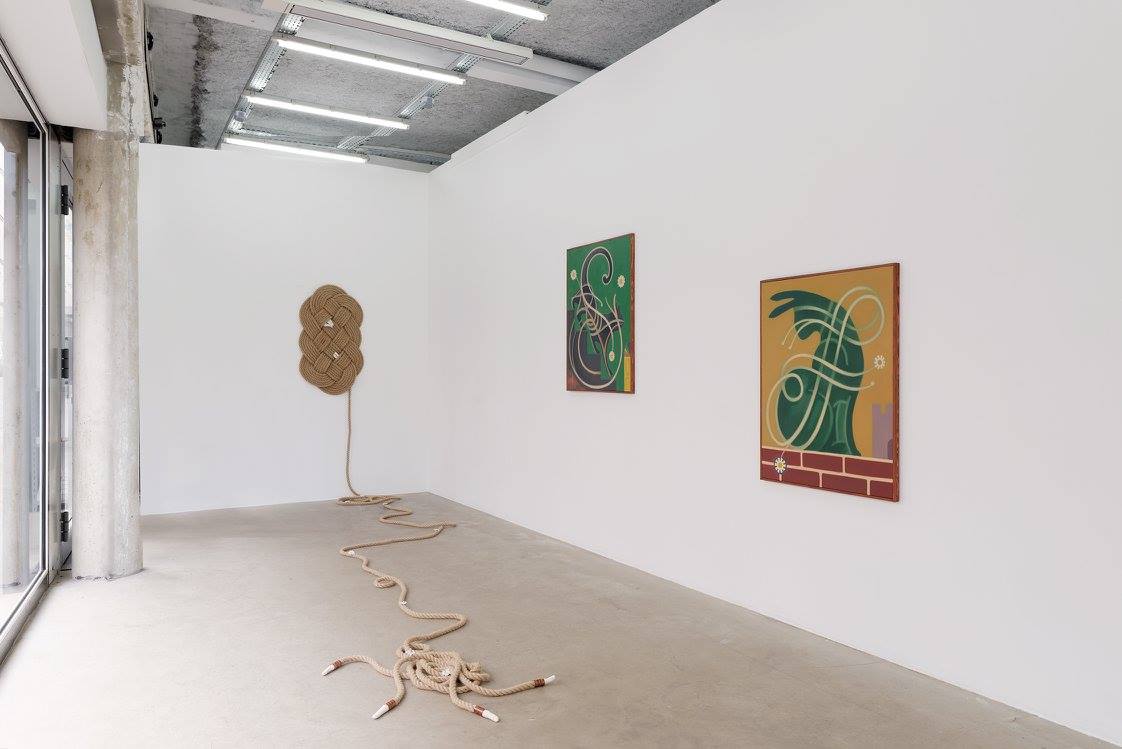
© Galerie Sultana
Galerie Sultana
Many modern day artists live in the Belleville neighborhood, therefore, it makes sense that there are a few good art galleries in the area. The gallery of Guillaume Sultana’s is among the best. Here you’ll find anything from abstract painting to installations.
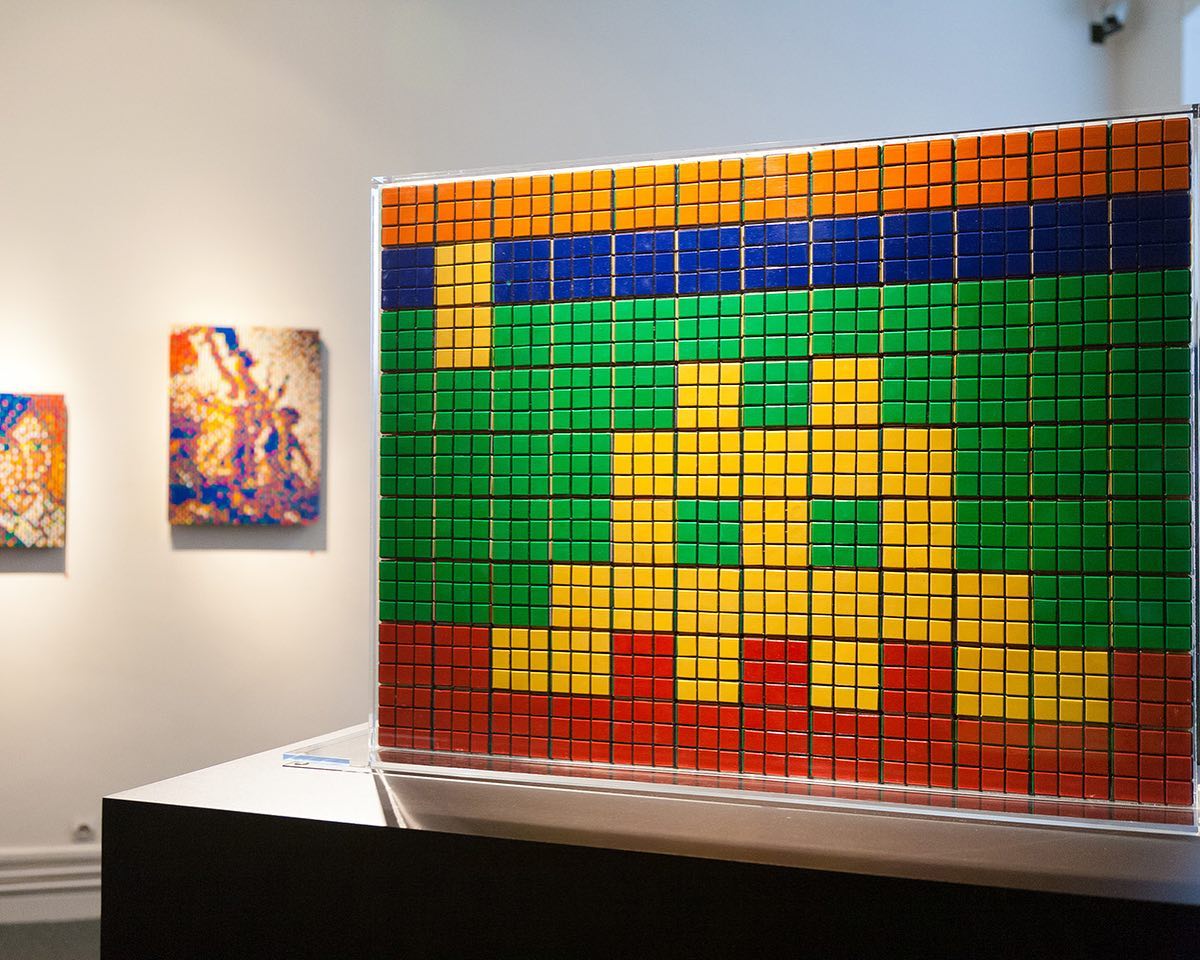
© Galerie Le Feuvre
Galerie Le Feuvre
If you’re looking to see some urban art (and not out on the street), make your way to this gallery in the 8th arrondissement. Founded by Franck Le Feuvre in 2005, the gallery showcases the best street art as well as contemporary painting by artists like Invader, SupaKitch, Sowat and Sixe Paredes. Learn more about the top Parisian street artists in this article.
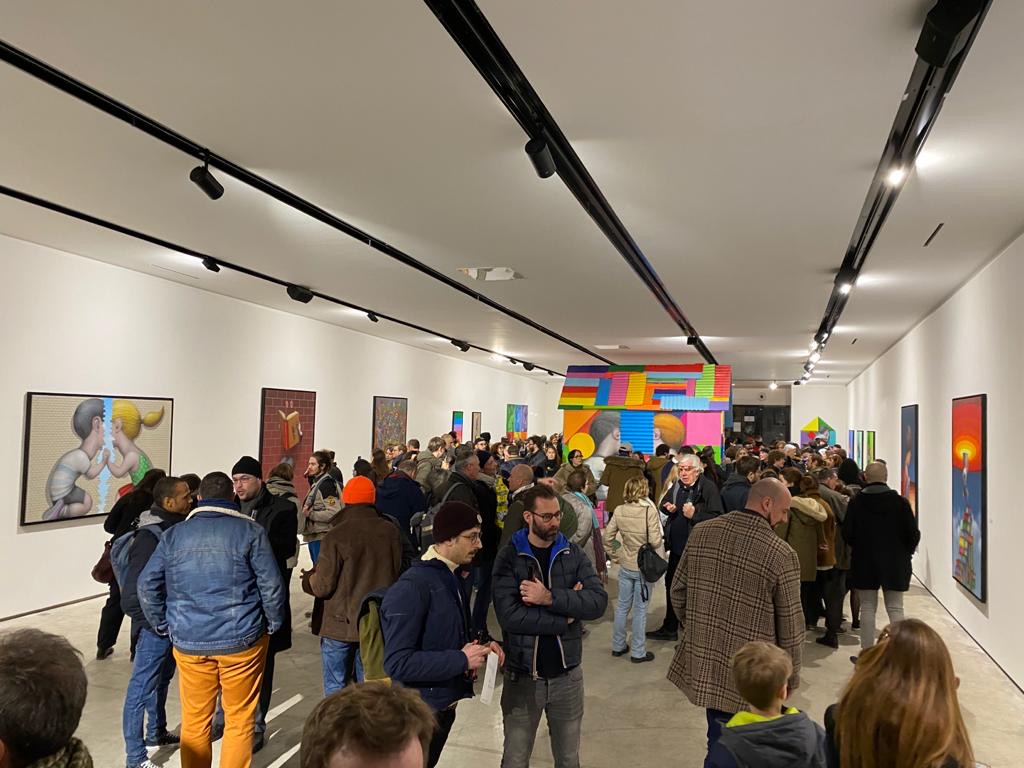
© Itinerrance Gallery
This street art focused gallery is aptly located in the 13th arrondissement, one of the prime street art districts of the city. Opened by Mehdi Ben Cheikh in 2004, the gallery strives to support street artists and also collaborates with promoting and creating large scale street art murals in the area. Its exhibits feature both French and international street artists.
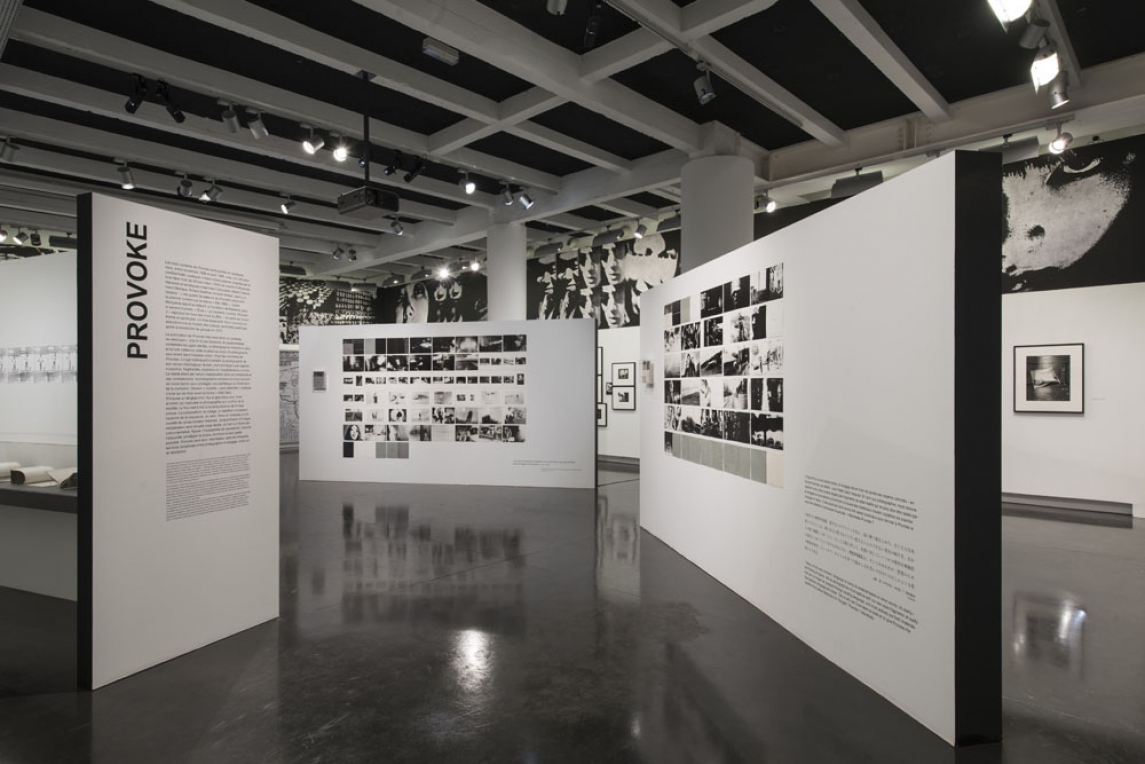
© Le Bal
Le Bal
Tucked away on a cobbled lane near Place de Clichy, this independent arts venue mainly exhibits video, cinema, documentary photography and other new media. It has two floors of exhibition space and a great café where you can discuss what you saw afterwards with friends.
Further Art Studies & Explorations in Paris
Interested in studying art in a more in-depth way in Paris? Consider applying for our Master’s in the History and Philosophy of Art. More information on it and our other programmes here.
You might also enjoy these other art focused articles on our blog:


